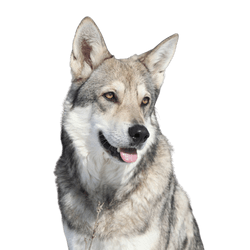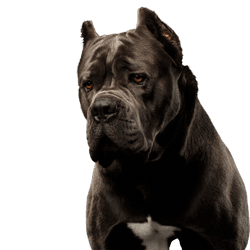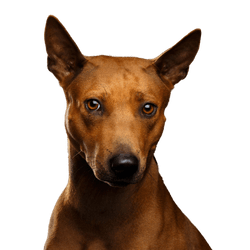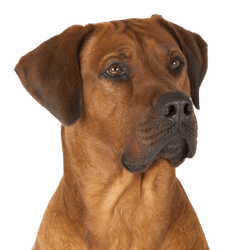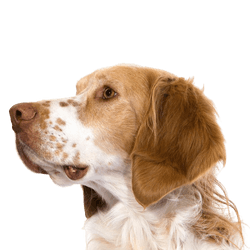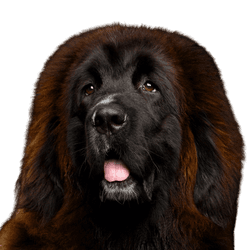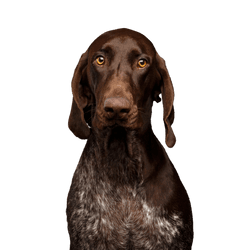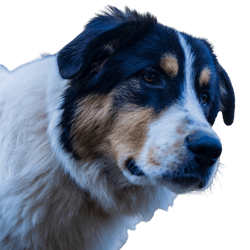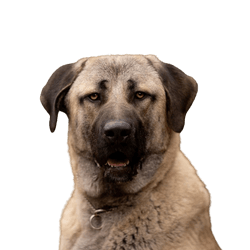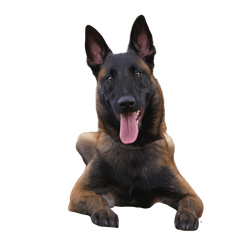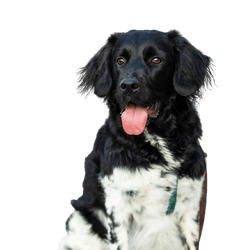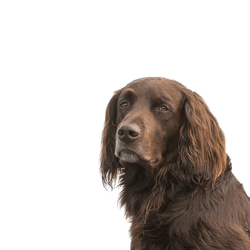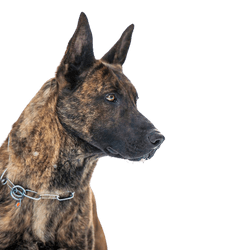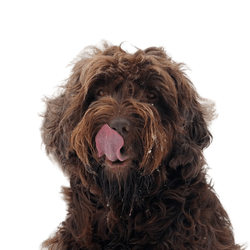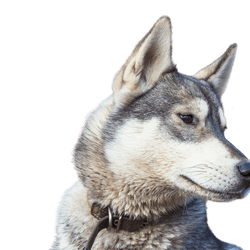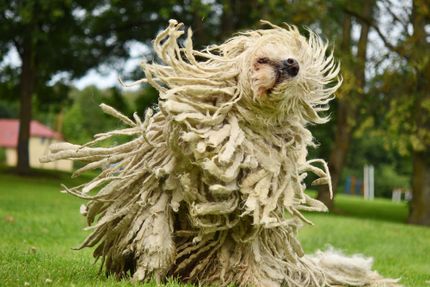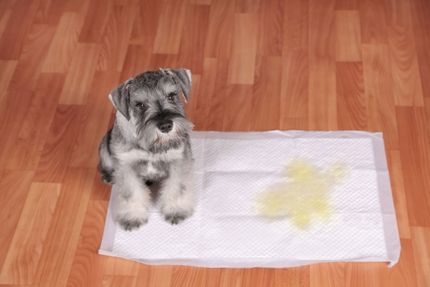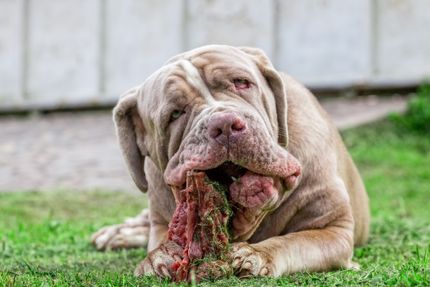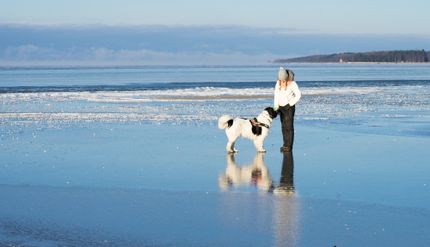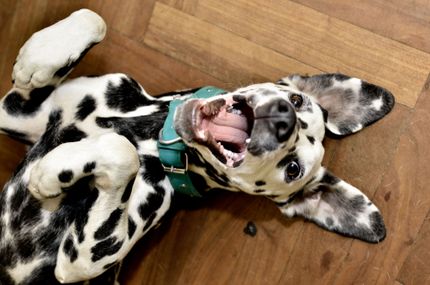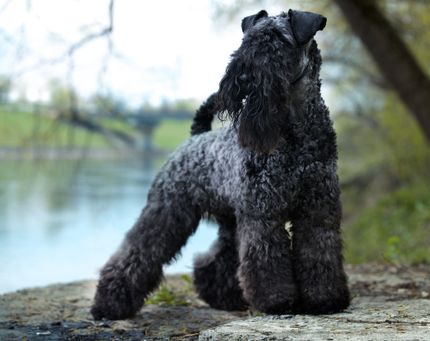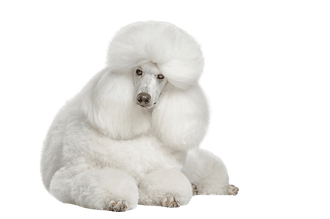
Royal Poodle Breed description: Character & Co
Royal Poodle
Facts & Origin
The Royal Poodle is a French dog breed and is classified in FCI Group 9, Section 2, under the standard number 172, and is the largest of the poodle family including standard poodle, miniature poodle and toy poodle. The Royal Poodle with a withers height of 45-60 cm is also known as Giant Poodle and is alternatively called Caniche. These dogs can weigh up to 30 kg. The Royal Poodle is used as a social and companion dog, although it should be noted that this dog breed is often trained as a protection and guide dog. This is due to its high intelligence and its above-average ability to pick up on things. Typical for the Royal Poodle is its curled dense coat and its balanced and calm nature. Royal Poodles usually live up to 12 years.
History of the Royal Poodle
The poodle is generally a very old dog breed and it is assumed that it comes from France. Although the poodle is generally known as a French dog breed, the Persians and Romans already kept it over 2000 years ago. It was not until the early Middle Ages that the King Poodle was increasingly kept and bred in France, from where it spread throughout Europe. The name "poodle" comes from the Old High German language. The breed name comes from the word "Puddeln", which means "to splash around", and the word "Pfudel", which means "poodle" in Old High German. The sublime royal poodle can also be seen in many paintings of the royal and imperial courts. With it the dog breed was associated with wealth, grace and elegance.
Characteristics of the Giant Poodle
Apart from the fact that this dog breed is extremely intelligent and that you can have a lot of fun with a royal poodle, there is another reason why this dog breed is so great. People who are affected by a dog allergy often times don't show sensitivity to this dog breed at all. Because the Giant Poodle hardly sheds any hair and is not affected by the seasonal change of coat, it is considered an allergy-friendly dog. However, this classification should always be used with caution, because every allergy sufferer reacts differently. If you are affected by a dog allergy, you should simply visit a breeder and try out how you feel when interacting with a Royal Poodle.
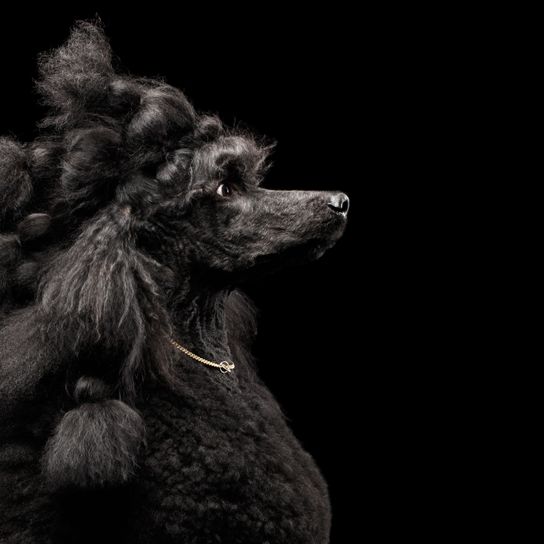
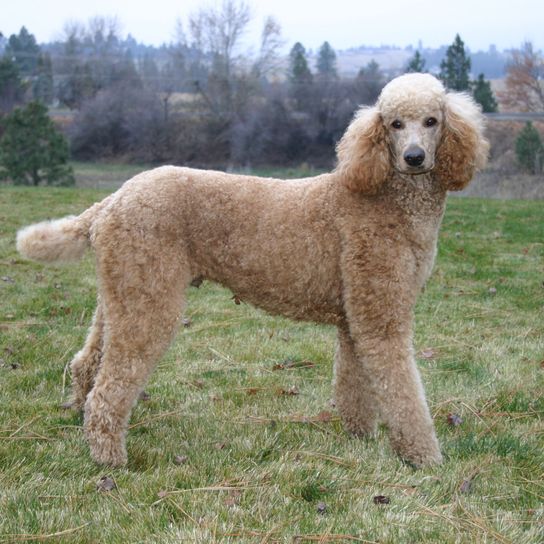
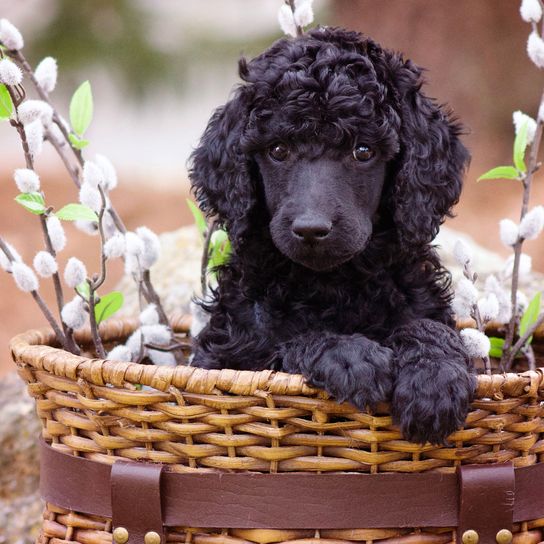
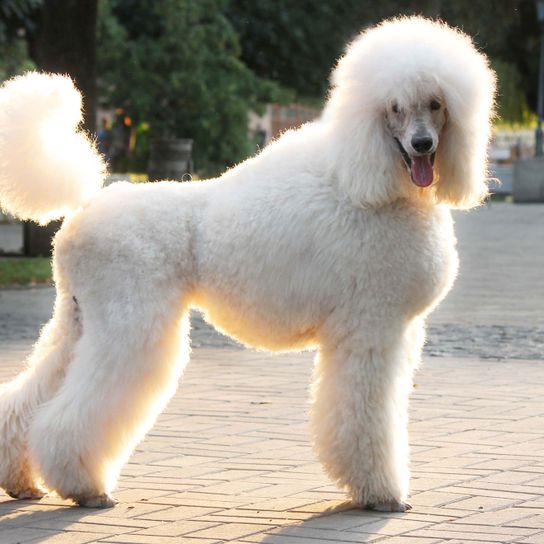
| Alternate Name | Giant Poodle |
| Origin | Germany |
| Life expectancy | 12 - 15 years |
| Care requirements | high-maintenance |
| Activity level | average |
| FCI group | Poodle |
| AKC group | non-sporting group |
| KC group | utility group |
Royal Poodle mixes
Attitude, character and temperament of the breed
Description and characteristics of the Royal Poodle
The poodle is known for its sunny disposition no matter what size. Giant poodles have a particularly calm nature and treat people and animals with kindness and respect. Rarely will you encounter an aggressive or loud Royal Poodle. These proud dogs are very well-balanced, affectionate and cuddly. In addition, they show a particularly pronounced playful disposition, which you can observe very well with Royal Poodle puppies. Also because of its child and family friendliness, a Royal Poodle is very well suited as a play partner and a loyal friend. This breed also shows great empathetic competence and reacts very sensitively to the emotions of the people surrounding them as well as other animals. Royal poodles quickly notice when you are not feeling well and always try to cheer you up with a few cuddles.
Use of the Giant Poodle
- Use for hunting: In the past, the King Poodle was very popular for hunting, because the graceful dogs are not only brimming with beauty, they also have sporting abilities. The Royal Poodle was and still is used for the duck hunt and small game hunt.
- Use as a companion and family dog: If you keep a Royal Poodle as a companion and family dog, you will be thrilled by its capability of quickly picking up on things and willingness to learn. It is recommended that you try out various dog sports with your dog, as the Giant Poodle enjoys agility, obedience and protection dog sports.
- Use as an assistance or therapy dog: As the Royal Poodle is very docile, attentive and friendly, it is very popular as a guide dog for the blind. Due to their patient and calm nature, they are perfectly suited as a trustworthy partner for people that require assistance. Because of their empathy and sunny disposition they are also very suitable for the use as therapy dogs.
Character
Usage
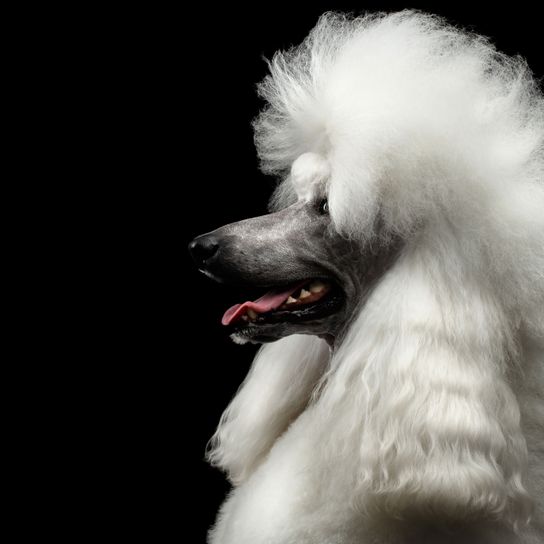

Health and breeding information
Breed related diseases
Unfortunately this breed of dog is affected by a genetically inherited disease. The risk of hereditary hip dysplasia (HD) is present in the Royal Poodle, as it is also in many other large breeds. In Giant Poodle breeding it is therefore strictly observed that breeding dogs show no history of hip joint dysplasia.
Buying a Giant Poodle
If you want to buy a Royal Poodle, you should look for a reputable breeder. Good breeders are a member of a breeding club and usually only breed Royal Poodles. If you want to buy a Royal Poodle puppy, you are certainly right to do so at a breeder, but it is also recommendable to keep a look out for a Giant Poodle in need. Animal shelters are often overcrowded and the loyal pets often have to wait for a very long time until they find a suitable placement.


The poodle's build
Surely you will have already noticed the proud attitude and grace of this dog breed if you have ever met a Giant Poodle on the street before. The dogs, which originate in France, have a slender and well-proportioned body covered by a soft and dense coat.
The Poodle's coat is finely crimped and it needs to be trimmed regularly as it constantly grows back. According to the FCI standard permitted coat colours are
- brown
- white,
- black,
- red,
- silver-grey and
- apricot.
All other colours are declared as off-colours in the Giant Poodle breeding and are not desired, yet in some countries two-coloured King Poodle puppies are very popular.
In Austria and the Czech Republic for example the colour combination black and white is permitted, which gives this particular type the name Harlequin Poodle. There also exists a black-tan coloured coat. These two colours do exist in pure-bred poodles, but they are not recognised by the FCI.
| Fur length | short |
| Fur | curly |
| Ear shape | - |
| Tail | short |
| Anatomy | sporty, square |
| Size ♀ | 45 - 60 cm |
| Weight ♀ | 25 - 30 kg |
| Size ♂ | 45 - 60 cm |
| Weight ♂ | 25 - 30 kg |
| Suitable For | suitable for allergy sufferers, Beginner, Blind people, Children, Seniors |
Colors
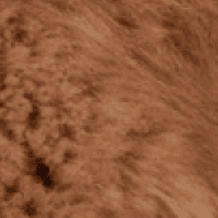
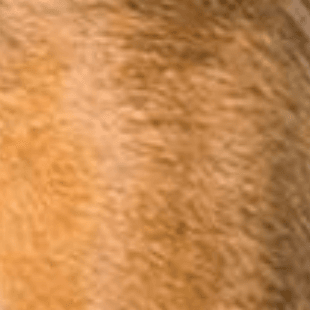




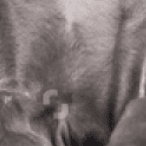
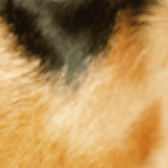



Known Diseases
Hip dysplasia (HD)
The hip dysplasia or hip joint dysplasia of the dog (HD) is a maldevelopment of the hip joint.
Cataract
Cataracts are still one of the most common causes of blindness, even in dogs.
Progressive Retinal Atrophy (PRA)
Progressive retinal atrophy (PRA) is a slowly progressive death of the retina in dogs.
Sebadenitis
Sebadenitis is a disease in dogs and cats in which the sebaceous glands of the skin are irreversibly destroyed by an inflammatory reaction.
Other large dogs
Useful Articles
You can find articles that might interest you in the dogbible blog to match your favorite breed.
Visit our magazineto stay up to date on dog trends.
To find out more, view our Privacy Policy
Find here the breed that suits you and find out what character traits it has. Here you can also learn more about the origin, size and weight of your favorite breeds.
Matching your favorite breed, you'll find articles that might interest you on the dogbible dog blog.
Roller skating or skateboarding with the dog
5 tips for the dog's paws in the cold and snow
Dog licence: Baden-Württemberg introduces compulsory dog licence


